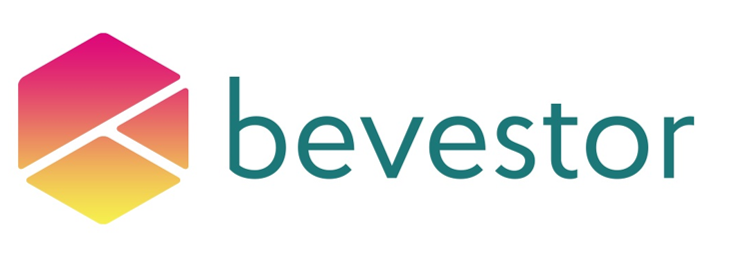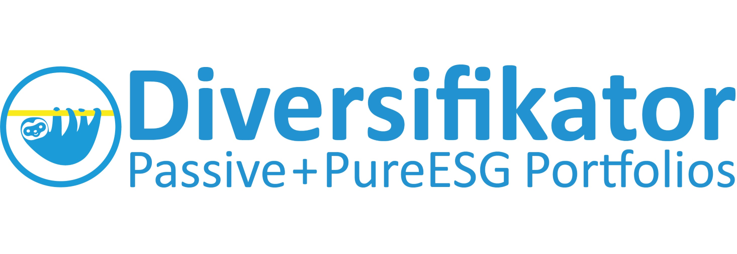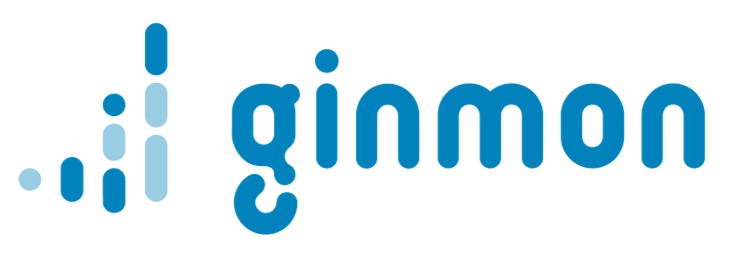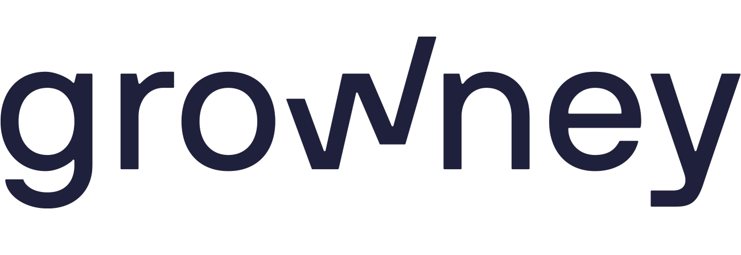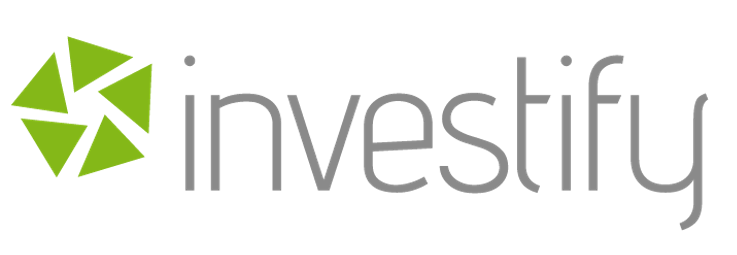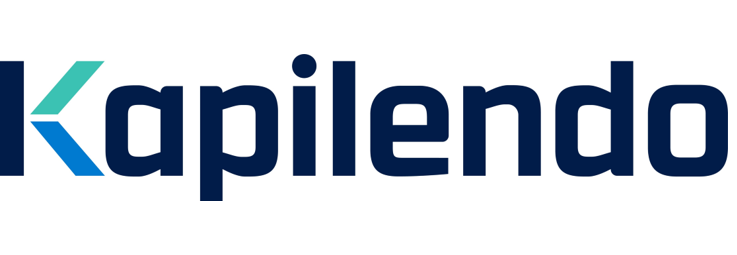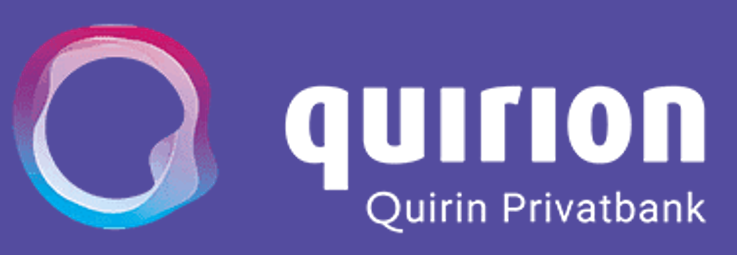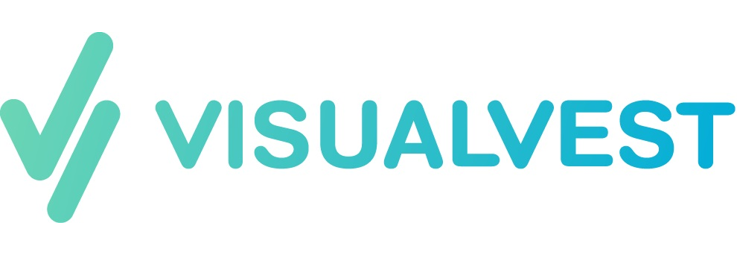Ginmon’s philosophy and target group
Hello Mr. Knigge, how would you describe Ginmon’s scope of services in no more than two sentences?
Ginmon manages their customers’ funds individually, using software based on strictly scientific and proven methods. Ginmon enables customers to place orders and monitor their investment via transparent and modern online technologies.
What is Ginmon’s investment philosophy?
Ginmon’s investment philosophy is countercyclical factor investing. The 3-factor model was developed by the two portfolio theorists Prof. Fama (Nobel Prize winner) and Prof. French. This approach combines broad global diversification with investment in small and attractively valued companies, as these have proved to generate better long-term returns. The academic basis for our investment philosophy includes the capital market theories of Professors Eugene Fama and Kenneth French (3-factor model or factor investing) and Professor Harry Markowitz (diversification).
In line with the countercyclical investment approach, our apeironprotect algorithm regularly rebalances investment components to ensure that portfolios remain well-balanced at all times.
Our apeironselect algorithm selects the ETFs to be used to implement the investment strategy on the basis of strict criteria. You can read more about these criteria and the ETFs we use on our website. For selection purposes, we normalize the various criteria and combine them into a weighted score.
Which target groups does Ginmon address with its product range, and how many AuM and customers do you have in each segment?
Ginmon primarily addresses its offerings to investors with a long investment horizon who seek to make capital markets work for them and who wish to benefit from the global economy’s productivity. These investors are of all age groups. Many of our customers also use our services as one building block for their personal retirement provisions.
With over EUR 100 million assets under management, we are one of the largest providers in the German market.
In the wake of the coronavirus crisis, our authors have spoken to a number of other robo advisors about the effects of the crisis on the industry:
To the interview series with the robo advisors
How much do private customers with an investment volume of EUR 10,000 have to pay for Ginmon’s services, and how do you compete with other robo advisors and traditional asset managers?
EUR 75 or 0,75% p.a. (gross) administration and securities account costs, plus fees for those products in which Ginmon invests on behalf of their customers, averaging EUR 23 or 0,23% p.a.
Our pricing model places us in the midfield of digital asset managers, and we consider ourselves fully competitive, as we have for years been distinguished by better returns compared to competitors offering the same or similar prices. Traditional asset managers who try to outperform the market by actively selecting securities charge far more for their services, despite being unable to guarantee that their customers’ returns will exceed the overall market performance.
Investment strategy of Ginmon
What investment strategy do you pursue and how do you manage risk?
Our investment universe includes shares, bonds, commodities, real estate and a mapping of risk premiums according to the 3-factor model developed by the portfolio theorists Prof. Fama and French. We only invest through ETFs and index funds.
As a matter of principle, we always try to keep our customers’ portfolios as closely aligned as possible to their individual optimal allocation. For good reason, we do not switch from shares to bonds, for example, just because the respective market situation or the opinion of the analysts changes. After all, whether a market phase is short or long-term can unfortunately only be determined retrospectively. Nevertheless, we do of course try to minimize the risk for our customers as much as possible with our apeironprotect risk management algorithm.
Basically, we base our risk management on so-called threshold-based rebalancing. This means that the weightings of the investment components in the customer portfolios may fluctuate within defined thresholds. The portfolios therefore have room to maneuver. Should these thresholds be breached, our algorithm would reset the respective portfolio back to the target allocation. We calculate the deviation of the portfolio from the target allocation for each customer individually on a daily basis, not only in times of crisis, but also during boom periods.
The advantage of this approach is that we act countercyclically. In times of excessive capital market exuberance—such as in the early 2000s during the Internet boom—we reduce overpriced investments. This ensures that, even prior to a possible crash scenario, there is less chance of such a crash having an impact on the portfolio. In crisis phases, however, our algorithm restocks the portfolios with underpriced investments. This ensures that our customers’ portfolios also benefit when share prices recover.
The advantages of rule-based countercyclical rebalancing have frequently been documented and proven in scientific literature. You can read about these in detail here on our website, where we have linked some of the scientific studies.
Since Ginmon was founded, we have remained true to our investment management approach, but have of course perfected it over time to minimize costs for our customers as much as possible and to increase the potential returns.
USP of Ginmon and competition
Meanwhile, there is a multitude of providers for robo advisory, B2B and B2C. How does Ginmon differentiate itself, i.e. what exactly is your USP?
Ginmon differentiates itself in several respects:
- The investment philosophy and algorithms are based on the tried and tested findings of scientific capital market research. These include factor investing and countercyclical rebalancing.
- In addition, we comprehensively expanded our tax optimization algorithm apeironenhance in 2019 and equipped it with a new feature. This enables us to make maximum use of our customers’ unused tax exemption amounts at the end of each year. For this purpose, our algorithm automatically generates securities transactions shortly before the end of the year. So, apeironenhance sells securities and thus realizes part of the unrealized investment income in order to utilize the unused tax exemption amount. Shortly afterwards, these securities are then repurchased. In other words, our investment strategy remains unchanged; our customers continue to be optimally positioned in their personal strategies. Our high degree of automation in buying and selling investment products, keeps transaction costs very low. Thanks to this new feature, we were able to make additional use of an average of approximately EUR 166 of tax exemption amount in 2019 for each customer who placed a tax exemption order with us. This corresponds to a gross tax saving of up to approximately EUR 46 per customer. Transaction costs averaged less than EUR 4 per customer, so their additional net tax saving amounted to around EUR 42. To our knowledge, this feature is unique on the German market. You can find further information on this topic here.
- Ginmon has developed its own portfolio management software and does not rely on third-party systems, for example from banks, for portfolio management.
- Ginmon is independent of product and system suppliers. For instance, we do not broker investment products from shareholders or similarly affiliated companies and are therefore free to offer our customers the genuinely best investment.
What is your (marketing) strategy to gain new customers? What role do partnerships play?
We acquire customers mainly through online marketing. However, individual selected partnerships also play a role for us. We have, for example, cooperated with the Stuttgart stock exchange for several years to jointly acquire customers.
A few months ago, we also entered into a partnership with Mercer Germany on the subject of “workplace investing”. This offer is aimed at employers. In future, they will have the opportunity to offer their employees access to Ginmon’s digital asset management via Mercer’s cloud-based “Darwin” benefit portal . This can serve as a useful supplement to occupational retirement provision, without employees having to commit themselves at this stage to a specific use of the assets. We thus take into account the desire for greater flexibility in benefits and retirement planning.
Which business area do you believe holds the greatest growth potential? What areas do you want to focus on in the future or add to your business?
Ginmon sees itself as a holistic platform for managing our customers’ personal finances. Accordingly, Ginmon focuses in particular on expanding its product and service offering in the area of financial planning, for example through special pension planning solutions.
Challenges of the coronavirus crisis
How has the coronavirus crisis affected your business so far? What are your biggest challenges right now?
Only a surprisingly small proportion of our customers left us during the coronavirus crisis. In contrast, a larger proportion even took advantage of the price slump in March to expand their investments. Nevertheless, the market environment and the associated uncertainty among investors constitute a difficult basis to acquire further new customers.
How has the coronavirus crisis affected your customers’ return? How would you rate yourself compared to your competitors?
As early as December 2019, our risk management algorithm, in line with our countercyclical rebalancing approach, started selling shares actively to reduce risk. This process continued in January and February 2020. As a result, we were able to at least slightly mitigate the maximum loss in many portfolios. But of course, many of our customers’ portfolios also slipped into the red when prices plunged in March. Thanks to our countercyclical rebalancing, however, we have consistently increased the stock ratios during this phase. This led to an above-average recovery of these portfolios during the subsequent rally in April.
In principle, due to our factor-investing approach, our portfolios always react somewhat more sensitively to economic fluctuations. Both the size factor, which we use to invest in small companies, and the value factor, which focuses on low-valued companies, did thus not escape the coronavirus crisis unscathed. Small companies tend to be much more vulnerable in an economic downturn, and as a result of the looming recession their shares are now trading at significant discounts compared to larger companies.
Value companies, on the other hand, are usually rock-solid industrial companies. They are less susceptible to emotionally driven and short-lived hype cycles—in fact, they tend to be rather boring. Nevertheless, this is precisely why they are also very sensitive to economic fluctuations. Industrial companies usually have large factories and thousands of employees. They are therefore less able to quickly reduce their capacities in a downturn. In an upturn, however, they can increase production and sales without incurring major additional costs.
In the long term, both factors offer superior returns compared to the overall market, as proven by various scientific studies. During the coronavirus crisis, however, the cyclical nature of both factors was certainly more of a disadvantage for our strategies, but this will not change our long-term investment philosophy. After all, all our portfolios are designed to achieve the best possible long-term returns for our customers.
What medium to long-term risks do you expect the coronavirus pandemic to pose for you and the robo advisory market in general?
This crisis could involve existential risks for some of the independent robo advisors. Consequently, we could definitely imagine a situation in which providers who are funded by large product suppliers in the background dominate the post-crisis market. This would be a great pity, as it would mean abandoning the mission that independent providers undertook when starting out, that is providing independent, transparent asset management that is always in the best interests of the customer.
What opportunities could arise from the crisis?
Providers who have digitally structured their sales and products are benefiting from the lockdown. Many customers will now experience the advantages of digital providers, such as the digital opening of accounts or the transparency and permanent availability of an online customer service center. This could lead to a permanent rethink among many customers.
We have one last question for you …
What have you always wanted to state in an interview, but have never been asked?
Your questions have already sufficiently focused on the investment philosophy—this is indeed our favorite topic, which is asked far too rarely—therefore I have nothing to add.
Many thanks for the interview!
What current challenges await other robo advisors?
You can find an overview of all interviews here:

